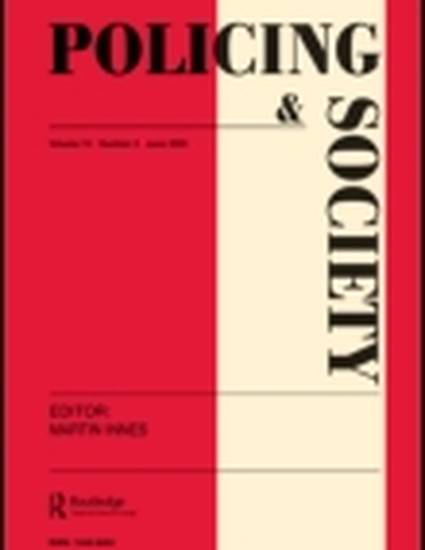
Article
Whose Streets? Police and Protester Struggles Over Space in Washington, D.C., September 29-30, 2001
Policing and Society: An International Journal of Research and Policy
(2005)
Abstract
Over the weekend of 29–30 September 2001, approximately 20,000 people participated in anti-war protests in Washington, DC. Based on firsthand observations and interviews with police officials, we analyzed the response of the Metro DC police (MPDC) to three separate protests that weekend, including those sponsored by the Anti-Capitalist Convergence (ACC), the International Action Center (IAC) and the Washington Peace Center (WPC). Our observations illustrate how the MPDC's efforts to control the space in which the respective protests occurred varied across demonstrations. The MPDC tightly controlled the space in which transgressive groups (ACC) demonstrated, but were much more lenient with contained groups (WPC, IAC). We relate the MPDC tactics to changes in the policing of protests since the 1999 World Trade Organization protests in Seattle and highlight police tactics such as the partitioning of space, the rearranging of protesters, and the use of less-lethal weapons.
Keywords
- Policing protests,
- Space,
- Anti-war demonstrations,
- Strategic incapacitation,
- Washington,
- DC,
- Transgressive protests
Disciplines
Publication Date
2005
Publisher Statement
Published by Taylor & Francis DOI: 10.1080/10439460500168576
Citation Information
Patrick F. Gillham, John A. Noakes and Brian V. Klocke. "Whose Streets? Police and Protester Struggles Over Space in Washington, D.C., September 29-30, 2001" Policing and Society: An International Journal of Research and Policy Vol. 15 Iss. 3 (2005) Available at: http://works.bepress.com/patrick_gillham/8/
